Planning a trip to Mexico but concerned about safety? You’re not alone. With sensationalized headlines often dominating the news cycle, many travelers wonder if visiting our southern neighbor is a good idea. The good news is that while caution is necessary when traveling anywhere in the world, Mexico offers numerous beautiful, welcoming, and safe destinations for tourists to explore.
This comprehensive guide will help you discover the safest places in Mexico for your 2026 travels, based on recent travel advisories, crime statistics relevant to tourists, expat reports, and on-the-ground insights from frequent travelers. We’ll define “safe” as areas with low violent crime affecting tourists, good infrastructure, established tourism services, and consistently positive traveler feedback.
Understanding Safety in Mexico
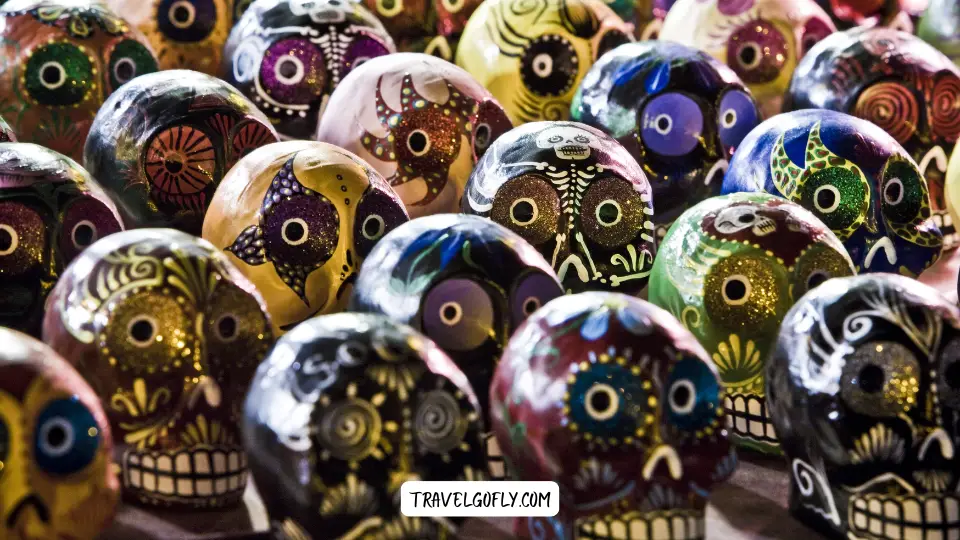 Before diving into specific destinations, it’s important to understand that Mexico safety situation varies dramatically by region. While certain areas do face serious security challenges, many popular tourist destinations remain as safe as major cities in the United States or Europe.
Before diving into specific destinations, it’s important to understand that Mexico safety situation varies dramatically by region. While certain areas do face serious security challenges, many popular tourist destinations remain as safe as major cities in the United States or Europe.
Most crime affecting tourists in Mexico tends to be opportunistic theft rather than violent incidents, and even these can be largely avoided with common-sense precautions. Drug-related violence, which dominates headlines, typically occurs in specific regions and rarely targets visitors.
For the most up-to-date information, always check the U.S. State Department travel advisories before planning your trip, which provide detailed safety assessments by state.
Our Criteria for Selecting the Safest Places
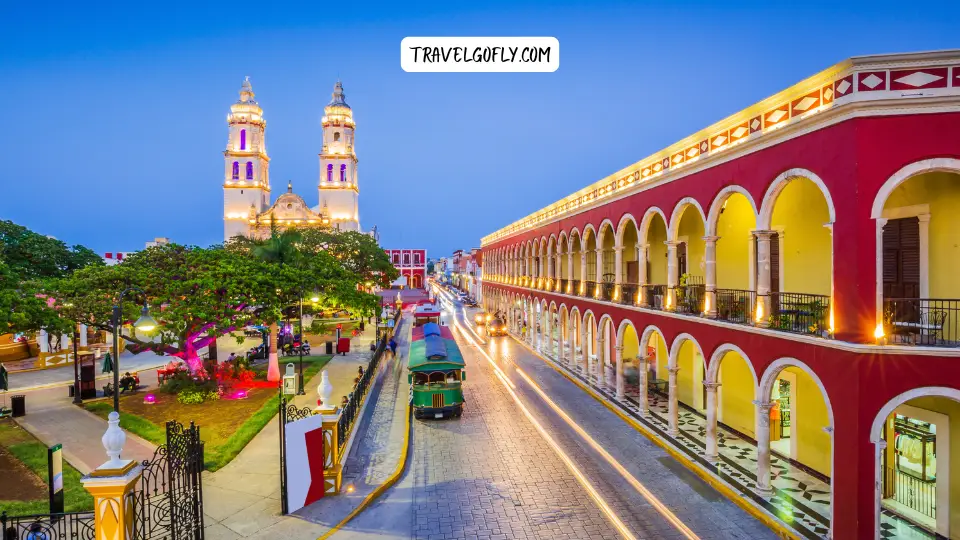 To compile this list of safe mexican tourist destinations, we’ve applied the following criteria:
To compile this list of safe mexican tourist destinations, we’ve applied the following criteria:
- Low reported crime rates impacting tourists
- Positive feedback from recent travelers and expat communities
- Stable local environment with minimal security concerns
- Well-developed tourism infrastructure
- Active government safety initiatives and tourist police presence
- Distance from areas with travel warnings
Top 12 Safest Places in Mexico to Visit in 2026
1. Mérida, Yucatán
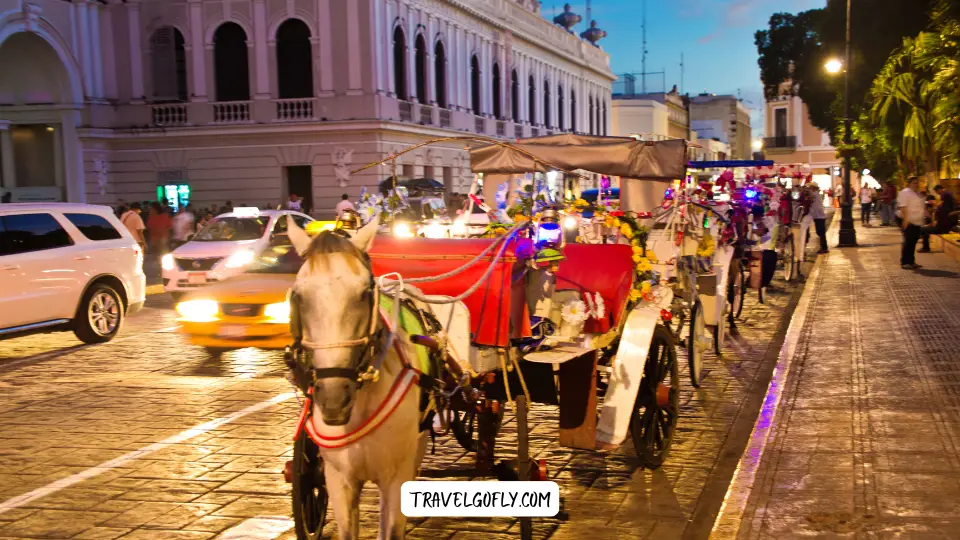 Why it’s considered safe: Consistently ranked as the safest city in Mexico, Mérida boasts crime rates lower than many U.S. cities. The Yucatán state as a whole has maintained exceptional safety records due to strong community bonds, effective local governance, and geographical isolation from cartel territories.
Why it’s considered safe: Consistently ranked as the safest city in Mexico, Mérida boasts crime rates lower than many U.S. cities. The Yucatán state as a whole has maintained exceptional safety records due to strong community bonds, effective local governance, and geographical isolation from cartel territories.
What makes it great: This colonial gem offers a perfect blend of Mayan and Spanish heritage, vibrant culture, incredible cuisine, and proximity to cenotes, beaches, and archaeological sites. The colorful architecture and weekly cultural events in Plaza Grande make it a visual and cultural feast.
Local Safety Tips: While Mérida is extremely safe, take authorized taxis or rideshares when traveling at night, particularly if you’re unfamiliar with the area.
Best For: Culture enthusiasts, families, and first-time Mexico travelers seeking an authentic experience without safety concerns.
2. San Miguel de Allende, Guanajuato
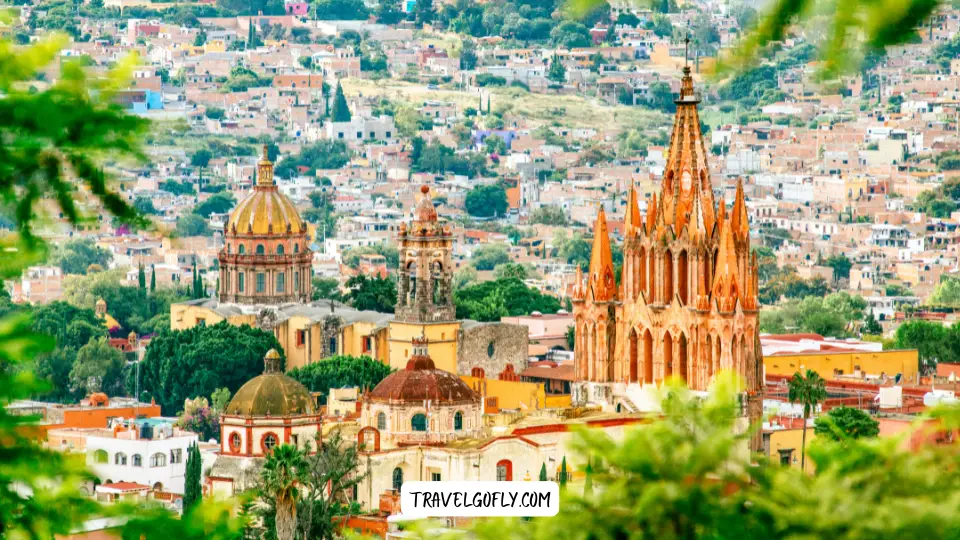 Why it’s considered safe: This UNESCO World Heritage site maintains excellent security due to its importance as an international tourism and expat hub. The significant foreign presence has prompted authorities to ensure exceptional safety standards.
Why it’s considered safe: This UNESCO World Heritage site maintains excellent security due to its importance as an international tourism and expat hub. The significant foreign presence has prompted authorities to ensure exceptional safety standards.
What makes it great: Cobblestone streets, stunning Spanish colonial architecture, a thriving arts scene, and temperate climate make San Miguel an aesthetic dream. The iconic pink Parroquia church and vibrant markets offer endless photo opportunities.
Local Safety Tips: The hilly terrain can be challenging to navigate, so wear comfortable shoes and consider taking taxis when returning to accommodations after dark.
Best For: Art lovers, photographers, retirees, and luxury travelers seeking sophisticated cultural experiences.
3. Puerto Vallarta, Jalisco
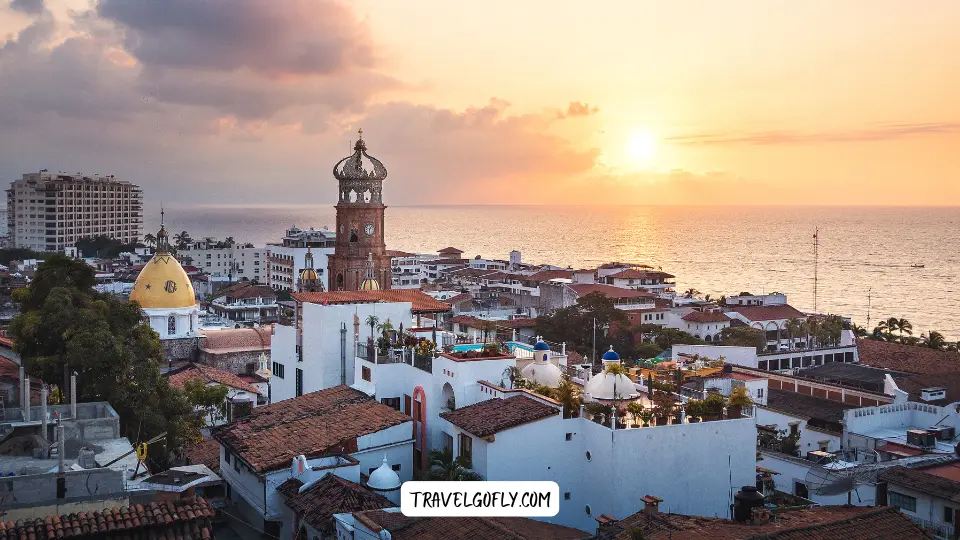 Why it’s considered safe: Despite being in Jalisco state (which has advisories in some regions), Puerto Vallarta maintains a strong security presence, dedicated tourist police, and a well-protected “tourist bubble” that remains consistently safe for visitors.
Why it’s considered safe: Despite being in Jalisco state (which has advisories in some regions), Puerto Vallarta maintains a strong security presence, dedicated tourist police, and a well-protected “tourist bubble” that remains consistently safe for visitors.
What makes it great: This Pacific coast paradise offers stunning beaches, the charming Zona Romántica, outdoor adventures in the Sierra Madre mountains, and one of Mexico most welcoming LGBTQ+ scenes.
Local Safety Tips: Stick to the main tourist zones, particularly after dark, and use hotel transportation or authorized taxis when exploring outside the central areas.
Best For: Beach lovers, nightlife enthusiasts, LGBTQ+ travelers, and outdoor adventure seekers.
4. Huatulco, Oaxaca
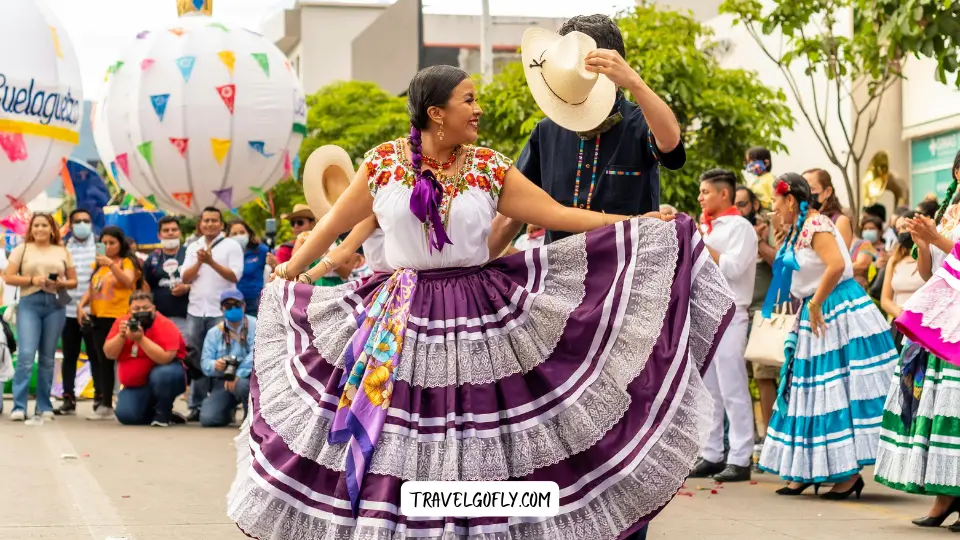 Why it’s considered safe: This planned resort area has been carefully developed with security in mind. Its relative isolation and smaller scale make it easier to monitor and maintain safety compared to larger destinations.
Why it’s considered safe: This planned resort area has been carefully developed with security in mind. Its relative isolation and smaller scale make it easier to monitor and maintain safety compared to larger destinations.
What makes it great: With nine pristine bays, 36 beaches, crystal clear water, and a commitment to sustainable tourism, Huatulco is an eco-conscious traveler dream. The preserved natural beauty and lack of overdevelopment make it a refreshing alternative to more commercialized beach destinations.
Local Safety Tips: When exploring the more remote beaches, go with organized tours rather than venturing alone, particularly during off-season.
Best For: Eco-tourists, beach enthusiasts seeking tranquility, snorkelers, and sustainable travel advocates.
5. Mexico City (Specific Neighborhoods)
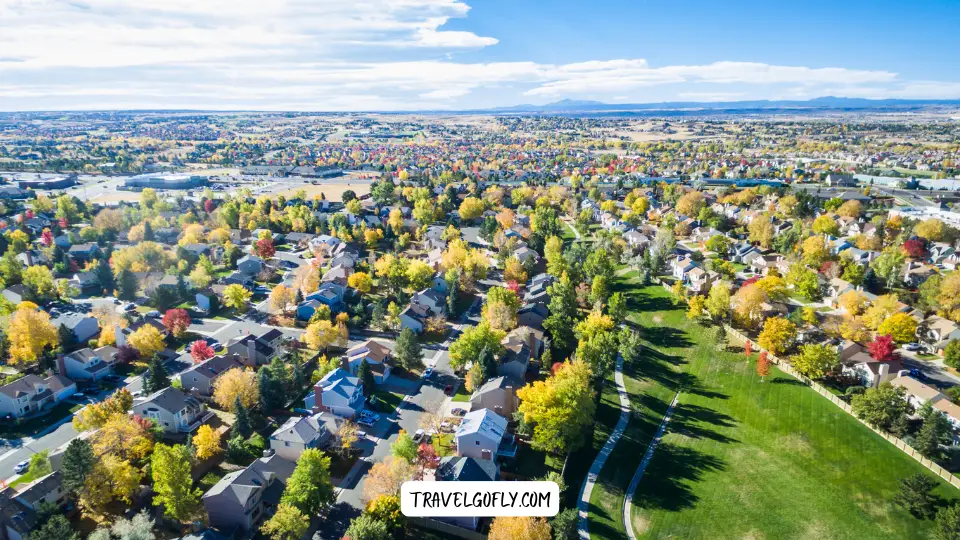 Why it’s considered safe: While Mexico capital requires urban awareness, neighborhoods like Condesa, Roma, Polanco, and Coyoacán have excellent security infrastructure, police presence, and are generally as safe as major European or American cities.
Why it’s considered safe: While Mexico capital requires urban awareness, neighborhoods like Condesa, Roma, Polanco, and Coyoacán have excellent security infrastructure, police presence, and are generally as safe as major European or American cities.
What makes it great: World-class museums, incredible food from street tacos to fine dining, beautiful parks, and vibrant cultural offerings make CDMX one of the world great capitals. The city blend of ancient history, colonial architecture, and cutting-edge modernity creates a uniquely dynamic urban experience.
Local Safety Tips: Use rideshare apps instead of hailing street taxis, keep valuables concealed, and stay aware of your surroundings as you would in any major city.
Best For: Urban explorers, foodies, museum enthusiasts, and contemporary culture lovers.
6. Isla Mujeres, Quintana Roo
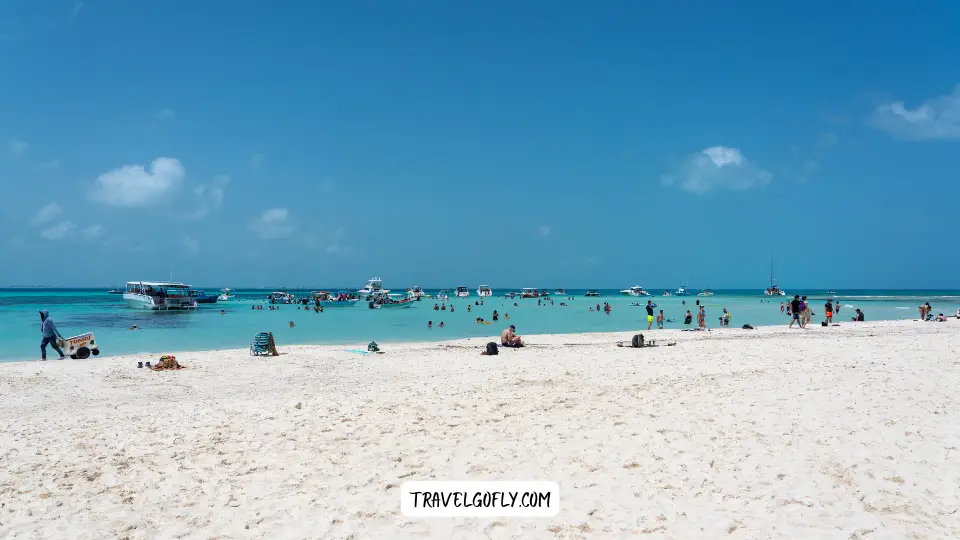 Why it’s considered safe: This small island off Cancún coast enjoys natural security advantages due to its limited access points, small size, and tight-knit community. Crime rates remain exceptionally low, and the island family-friendly atmosphere makes it perfect for worry-free vacations.
Why it’s considered safe: This small island off Cancún coast enjoys natural security advantages due to its limited access points, small size, and tight-knit community. Crime rates remain exceptionally low, and the island family-friendly atmosphere makes it perfect for worry-free vacations.
What makes it great: Golf cart-friendly streets, stunning beaches including Playa Norte, clear Caribbean waters, and a laid-back vibe create the perfect tropical escape just a short ferry ride from Cancún.
Local Safety Tips: Exercise standard beach precautions including sun protection and water safety, particularly during seasonal strong currents.
Best For: Families, couples seeking romance, beach lovers, and those looking for Riviera Maya beauty without the crowds.
7. Puebla City, Puebla
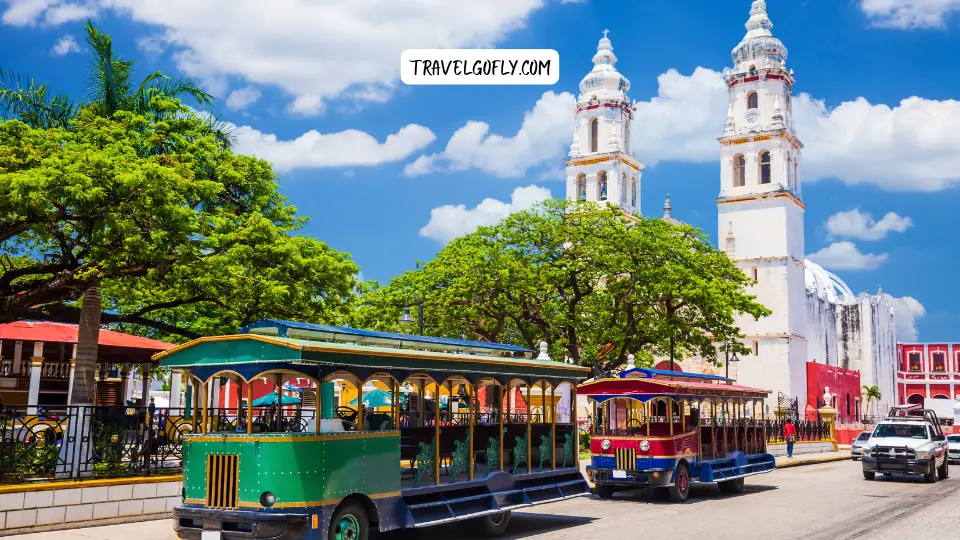 Why it’s considered safe: Located in the generally secure central highlands, Puebla benefits from strong infrastructure, well-maintained tourist areas, and distance from border regions with higher crime rates.
Why it’s considered safe: Located in the generally secure central highlands, Puebla benefits from strong infrastructure, well-maintained tourist areas, and distance from border regions with higher crime rates.
What makes it great: The birthplace of mole poblano and chiles en nogada, Puebla delights culinary travelers with its gastronomy. The UNESCO-recognized historic center showcases some of Mexico finest colonial architecture and Talavera pottery, while the backdrop of Popocatépetl volcano adds dramatic natural beauty.
Local Safety Tips: When visiting churches and museums, be mindful of personal belongings as petty theft can occasionally occur in crowded tourist attractions.
Best For: History buffs, architecture enthusiasts, culinary travelers, and photographers.
8. La Paz, Baja California Sur
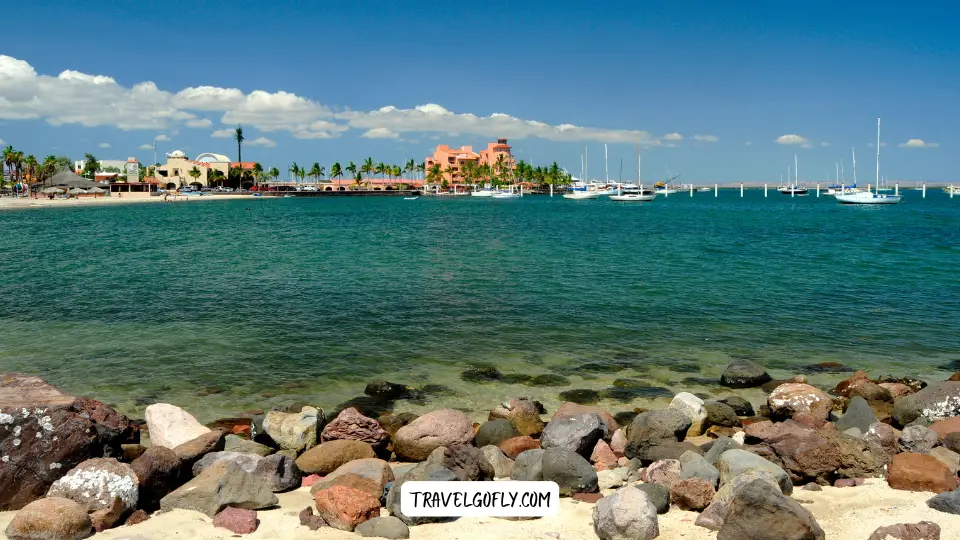 Why it’s considered safe: This capital of Baja California Sur maintains excellent safety records due to strong local governance and its importance as a gateway to the Sea of Cortez. The city and surrounding region has remained largely untouched by the security issues affecting other parts of Mexico.
Why it’s considered safe: This capital of Baja California Sur maintains excellent safety records due to strong local governance and its importance as a gateway to the Sea of Cortez. The city and surrounding region has remained largely untouched by the security issues affecting other parts of Mexico.
What makes it great: Unlike the party-focused Cabo, La Paz offers authentic Mexican charm alongside natural wonders like the opportunity to swim with whale sharks, visit Isla Espíritu Santo, and enjoy the stunning Balandra Beach with its iconic mushroom rock.
Local Safety Tips: When participating in water activities, always go with certified operators who prioritize both your safety and environmental protection.
Best For: Nature lovers, marine wildlife enthusiasts, and travelers seeking a more authentic Baja experience.
9. Bacalar, Quintana Roo
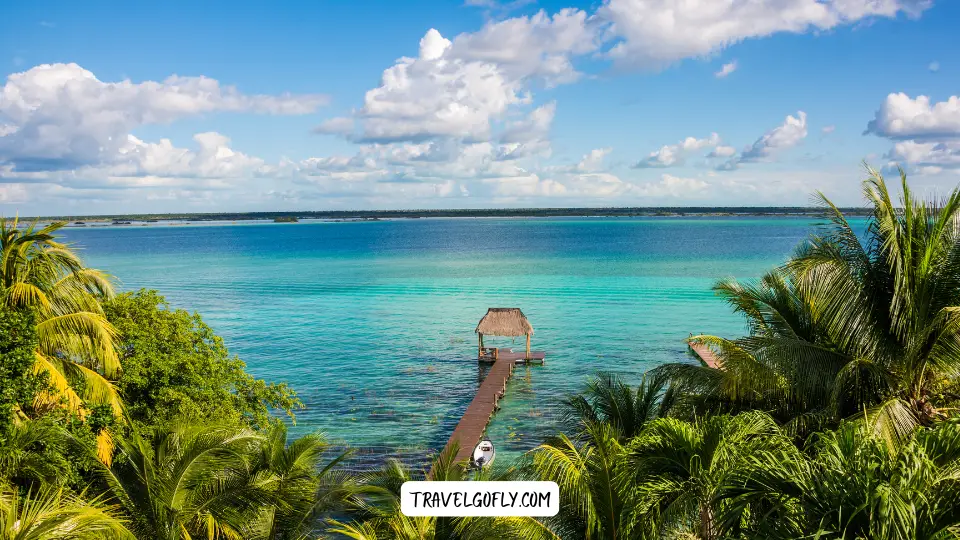 Why it’s considered safe: This emerging destination benefits from its small size, distance from major urban centers, and strong community focus. As it grows in popularity, authorities have prioritized maintaining its safe, family-friendly atmosphere.
Why it’s considered safe: This emerging destination benefits from its small size, distance from major urban centers, and strong community focus. As it grows in popularity, authorities have prioritized maintaining its safe, family-friendly atmosphere.
What makes it great: The “Lagoon of Seven Colors” offers stunning blue waters that rival any Caribbean destination. Less developed than the northern Riviera Maya, Bacalar provides a more peaceful alternative with cenotes, stromatolite formations (some of the oldest living organisms on earth), and tranquil lagoon experiences.
Local Safety Tips: Use biodegradable sunscreen to protect the delicate ecosystem while enjoying water activities.
Best For: Off-the-beaten-path travelers, nature photographers, eco-tourists, and those seeking tranquility.
10. Campeche, Campeche
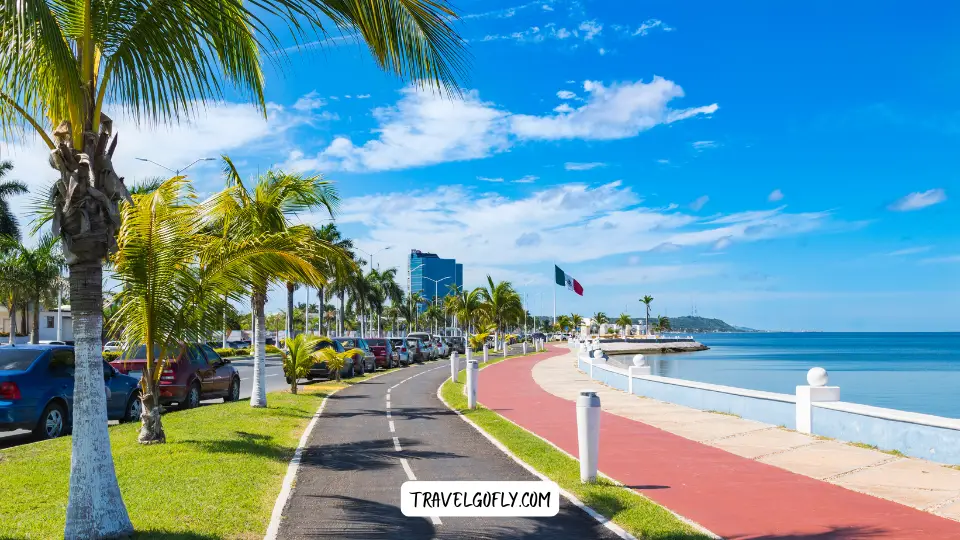 Why it’s considered safe: This walled coastal city enjoys some of Mexico lowest crime rates. Its UNESCO World Heritage historic center is well-patrolled, and the state of Campeche consistently ranks among Mexico safest.
Why it’s considered safe: This walled coastal city enjoys some of Mexico lowest crime rates. Its UNESCO World Heritage historic center is well-patrolled, and the state of Campeche consistently ranks among Mexico safest.
What makes it great: Colorful colonial buildings, impressive fortifications that once protected against pirates, fascinating history, and authentic cuisine without the tourist crowds make Campeche a hidden gem on the Gulf of Mexico.
Local Safety Tips: The heat can be intense, so plan outdoor activities for mornings and evenings, staying hydrated throughout the day.
Best For: History enthusiasts, photographers seeking colorful architecture, and travelers looking to experience authentic Mexico without crowds.
11. Sayulita/San Pancho, Nayarit
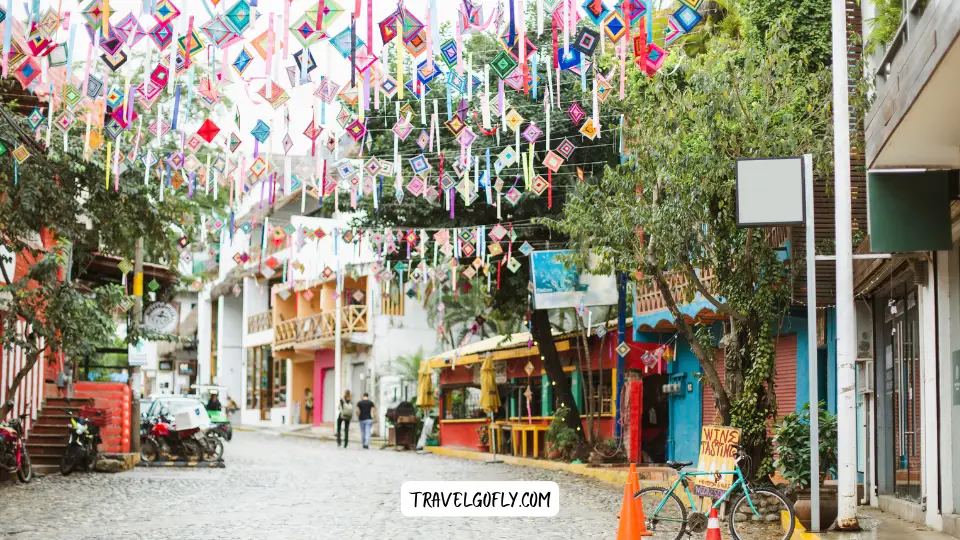 Why it’s considered safe: These neighboring beach towns benefit from their small size, strong expat presence, and community-focused atmosphere. The Riviera Nayarit region maintains effective security measures to protect its growing tourism industry.
Why it’s considered safe: These neighboring beach towns benefit from their small size, strong expat presence, and community-focused atmosphere. The Riviera Nayarit region maintains effective security measures to protect its growing tourism industry.
What makes it great: Bohemian vibes, excellent surfing, yoga retreats, organic restaurants, and colorful streets create an atmosphere that perfectly balances Mexican charm with international influence.
Local Safety Tips: Be aware of swimming conditions as currents can be strong for inexperienced swimmers. Always check flags on the beach before entering the water.
Best For: Surfers, yoga enthusiasts, digital nomads, and travelers seeking a laid-back beach town with character.
12. Oaxaca City, Oaxaca
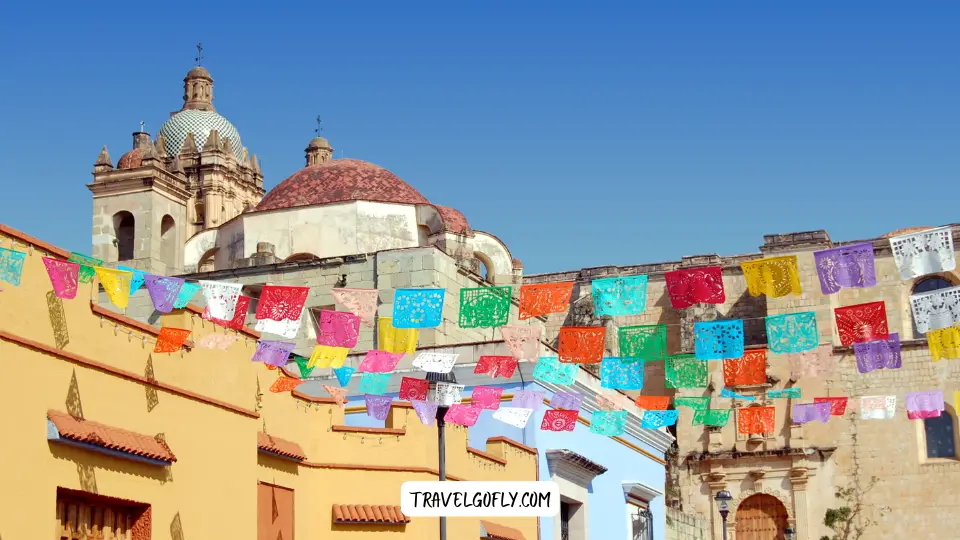 Why it’s considered safe: The colonial center of Oaxaca City maintains excellent security measures due to its importance as a cultural tourism hub. While the state has some regions with advisories, the capital city itself remains a safe urban destination.
Why it’s considered safe: The colonial center of Oaxaca City maintains excellent security measures due to its importance as a cultural tourism hub. While the state has some regions with advisories, the capital city itself remains a safe urban destination.
What makes it great: Widely considered Mexico’s culinary capital, Oaxaca offers incredible food, mezcal, vibrant markets, and deep indigenous cultural traditions. The nearby ruins of Monte Albán and petrified waterfalls of Hierve el Agua provide fascinating day trips.
Local Safety Tips: When visiting markets, keep valuables secure and be alert for pickpocketing in crowded areas.
Best For: Food enthusiasts, cultural travelers, mezcal aficionados, and artisanal craft collectors.
General Safety Tips for Traveling Anywhere in Mexico
No matter which safe Mexican tourist destinations you choose to visit, these general precautions will help ensure a smooth experience:
- Stay informed: Check recent travel advisories before and during your trip.
- Transportation wisdom: Use official taxis, authorized airport shuttles, or reputable rideshare apps.
- Money matters: Avoid displaying large amounts of cash, use ATMs in secure locations (preferably inside banks or hotels), and bring multiple payment methods.
- Communication: Download offline maps, learn basic Spanish phrases, and keep emergency contacts easily accessible.
- Health precautions: Purchase travel insurance, drink bottled water, and know the location of quality medical facilities near your destination.
- Nightlife safety: Never leave drinks unattended, stay in groups after dark, and use hotel transportation for returning from late-night activities.
- Cultural awareness: Respect local customs, dress modestly when visiting religious sites, and remember that patience goes a long way in Mexican culture.
Frequently Asked Questions (FAQ) about Mexico Travel Safety
Is Mexico safe for solo female travelers?
Yes, with proper precautions. Many women travel solo successfully through Mexico, particularly in the destinations mentioned above. Key tips include staying in well-reviewed accommodations, using transportation apps instead of hailing taxis, maintaining awareness in public spaces, and projecting confidence. Connecting with other travelers or joining day tours can also enhance both safety and enjoyment.
What parts of Mexico should tourists avoid?
While situations evolve, as of late 2025, exercise heightened caution or reconsider travel to certain areas including parts of Tamaulipas, Sinaloa, Colima, Guerrero, and Michoacán states. Border regions, particularly along the U.S.-Mexico border, typically have higher crime rates. Always check the most current travel advisories for specific regions.
Is it safe to drive in Mexico?
Road safety varies significantly by region. Major highways between tourist destinations are generally safe during daylight hours, particularly toll roads (cuotas). However, avoid nighttime driving, carry proper insurance, and understand that driving customs may differ from those in your home country. In remote areas, road conditions can deteriorate quickly, so research routes thoroughly before embarking on road trips.
How can I check the latest travel advisories for Mexico?
The U.S. State Department (travel.state.gov), Canadian Government (travel.gc.ca), UK Foreign Office (gov.uk/foreign-travel-advice), and Australian Government (smartraveller.gov.au) all provide updated travel advisories specifically for Mexico, often with regional breakdowns. Additionally, the Mexico Tourism Board offers resources and updates for travelers.
Final Thoughs
Mexico offers countless safe, beautiful destinations where you can experience rich culture, stunning landscapes, and warm hospitality without undue concern about security. By choosing where to go in Mexico carefully, staying informed, and taking common-sense precautions, you can enjoy all the wonders this diverse country has to offer.
The key to a successful Mexico trip lies in research and awareness. Focus on established tourist areas with strong safety records, respect local customs, and approach travel with the same street smarts you’d use in any unfamiliar place.
Have you visited any of these safe Mexican destinations? Share your experiences in the comments below! And if you’re planning a Mexico trip, check out our guides on “Best Mexican Beach Destinations” and “Must-Try Foods in Different Mexican Regions” for more travel inspiration.
